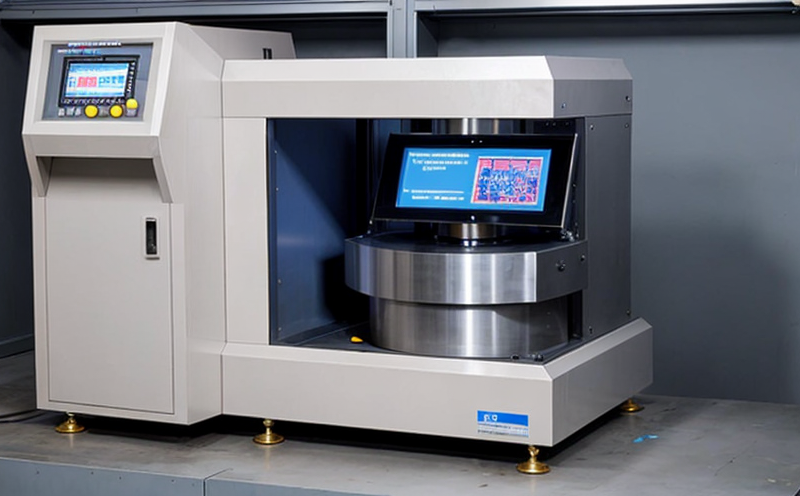ISO 286 Geometrical Product Specifications Dimensional Tolerances Testing
The ISO 286 standard provides a framework for specifying geometrical tolerances in designs and manufacturing processes. This is particularly important for Additive Manufacturing (AM) and 3D printing, where dimensional accuracy is paramount due to the complex geometries often involved.
Our testing service focuses on ensuring that manufactured parts meet the required dimensions as specified by ISO 286. This includes measuring critical features such as length, width, height, and angles with precision. Our team of experts uses state-of-the-art metrology equipment to ensure that every part is within the acceptable tolerances defined in the standard.
For our clients, this means peace of mind knowing that their parts will function correctly when integrated into larger assemblies or systems. We understand the importance of dimensional accuracy in AM and 3D printing applications, whether it’s for aerospace components, medical implants, or consumer goods. Our testing aligns with international standards like ISO 286 to ensure consistency across global markets.
One key aspect of our service is the use of advanced metrology tools that can handle the unique challenges posed by AM and 3D printing. These include laser scanners for precise measurements, coordinate measuring machines (CMM), and even specialized software that interprets data from these instruments to ensure compliance with ISO 286.
Another important factor is specimen preparation. For our testing to be effective, the parts must be prepared correctly before measurement. This involves cleaning the part thoroughly to remove any surface contaminants or residues left over from the printing process. After cleaning, we may need to apply a coating if required by the standard. We also ensure that the part is properly aligned on the measuring device for accurate readings.
The acceptance criteria for ISO 286 are based on statistical analysis of the data collected during testing. This involves calculating the mean and standard deviation of multiple measurements taken from different locations on the part. The results must fall within specified limits defined in the standard to pass inspection.
Our testing service is not just about measuring dimensions; it’s also about understanding how these measurements impact overall product performance. For instance, if a critical dimension is slightly out of tolerance, we can advise our clients on potential adjustments to their process parameters or design modifications that could bring the part into compliance without compromising functionality.
In conclusion, ISO 286 Geometrical Product Specifications Dimensional Tolerances Testing plays a crucial role in ensuring quality and reliability in AM and 3D printing applications. By adhering strictly to this standard, we help our clients achieve consistent results across all manufacturing processes while meeting international standards for dimensional accuracy.
Scope and Methodology
| Aspect | Description |
|---|---|
| Measurement Tools | We utilize laser scanners, CMMs, and other high-precision metrology instruments. |
| Data Acquisition | Real-time data capture ensures accurate and reliable results. |
| Statistical Analysis | Data is analyzed statistically to determine compliance with ISO 286 standards. |
The scope of our testing service encompasses a wide range of applications within Additive Manufacturing, including but not limited to aerospace, medical devices, and consumer electronics. We employ rigorous methodologies tailored specifically for each project to ensure that we meet or exceed the expectations set by ISO 286.
Eurolab Advantages
- Comprehensive knowledge of AM and 3D printing processes.
- Use of cutting-edge metrology technology for precise measurements.
- Experienced staff with expertise in interpreting ISO standards.
- Dedicated team focused solely on ensuring dimensional accuracy.
We pride ourselves on providing a service that is not only accurate but also efficient. Our clients can expect quick turnaround times and detailed reports that outline every aspect of the testing process, including any areas where improvements could be made. We are committed to helping our customers succeed in their AM and 3D printing endeavors by offering unparalleled support throughout each project.
Environmental and Sustainability Contributions
- Reduced material waste through precise measurements and efficient specimen preparation.
- Eco-friendly practices in laboratory operations, including energy-efficient equipment usage.
- Promotion of sustainable manufacturing processes by ensuring compliance with ISO 286.
Our commitment to the environment extends beyond our immediate operations. By offering reliable testing services that help manufacturers adhere to international standards like ISO 286, we contribute positively to global efforts towards sustainability and responsible resource management.





